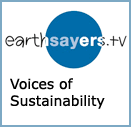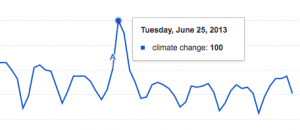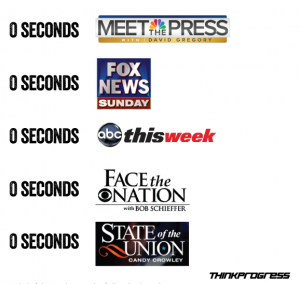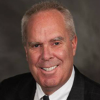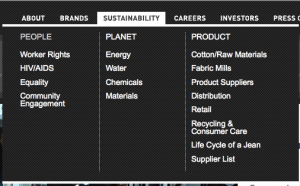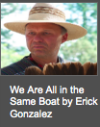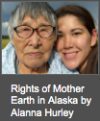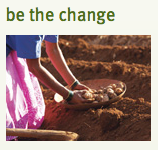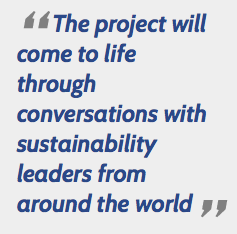The chief curator (me) at EarthSayers.tv, Voices of Sustainability, has created a new channel addressing Climate Justice. The impetus for doing so arose out of a study by the Yale  Program for Climate Change Communication. They conduct scientific research on public climate change knowledge, attitudes, policy preferences, and behavior, and the underlying psychological, cultural, and political factors that influence them. Of particular interest was their audience research, Global Warming’s Six Americas. A must read.
Program for Climate Change Communication. They conduct scientific research on public climate change knowledge, attitudes, policy preferences, and behavior, and the underlying psychological, cultural, and political factors that influence them. Of particular interest was their audience research, Global Warming’s Six Americas. A must read.
For climate change communicators I assume that this study formed the foundation for your present programs and campaigns. However, for those of us sustainability advocates with an environmental, social, and economic bent the Yale Program research may have been missed given the information overload that climatographer Mark Trexler addressed in his whitepaper, The Problem of Infinite Information in Corporate Climate Change Decision-Making.
Initially, these are the voices we are advancing on the topic of Climate Justice with more to come. Start with Linda Haydock of the Inter-community Peace & Justice Center’s What is Climate Justice? Continue on with Mary Robinson, former President of Ireland and former  United Nations High Commissioner for Human Rights on “Climate Change as a Human Rights Issue” and Julia Olson of Our Children’s Trust on “Securing the Legal Right to a Stable Climate.” If you parent or work with the more youthful among us, especially millennials, you might want to listen to the conversation between Dr. James Hansen and his grand daughter, Sophie Kivlehan on ” Young Peoples Burden.”
United Nations High Commissioner for Human Rights on “Climate Change as a Human Rights Issue” and Julia Olson of Our Children’s Trust on “Securing the Legal Right to a Stable Climate.” If you parent or work with the more youthful among us, especially millennials, you might want to listen to the conversation between Dr. James Hansen and his grand daughter, Sophie Kivlehan on ” Young Peoples Burden.”
There are other voices to include Pope Francis, M.E. Tucker, David Korten, Anthony Leiserowitz, Tim Brennan and HH Dalai Lama.
“Most Americans say global warming is personally important to them, but don’t talk or hear about it much.” Yale Program Climate Note of September 29, 2016
I can’t do much about the talking part, but I can improve on the number of people, like you, hearing about it. It’s up to you to re-frame the conversation around climate change to climate justice and talk with your family, friends, and work colleagues.
“More than half of those who are interested in global warming or think the issue is important “rarely” or “never” talk about it with family and friends (57% and 54% respectively).”
Ruth Ann Barrett, Sustainability Advocate, October 7, 2016, Portland, Oregon.
P.S. What sparked my interest was the Yale Program report, Faith, Morality, and the Environment: Portraits of Global Warming’s Six America’s which led to an EarthSayers’ initiative, Faith and Climate Justice. More on Faith and Climate Justice in my next blog post.

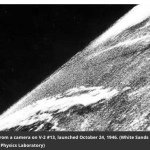 I was reminded of this 1946 photograph of Earth,
I was reminded of this 1946 photograph of Earth, to the breathtaking visualizations of today.
to the breathtaking visualizations of today. hopefully it translates to a better understanding and love “in here” nothing short of a change in consciousness, a move from head to heart guided by the Laws of Nature.
hopefully it translates to a better understanding and love “in here” nothing short of a change in consciousness, a move from head to heart guided by the Laws of Nature. no sound in space. Sound does exist as electromagnetic vibrations. The specially designed instruments on board the Voyager and other probes, picked up and recorded these vibrations, all within the range of human hearing (20-20,000 cycles per second).” – NASA Space Recordings Of Earth, Published on Aug 13, 2011.
no sound in space. Sound does exist as electromagnetic vibrations. The specially designed instruments on board the Voyager and other probes, picked up and recorded these vibrations, all within the range of human hearing (20-20,000 cycles per second).” – NASA Space Recordings Of Earth, Published on Aug 13, 2011.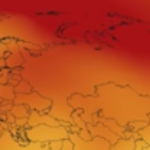 which shows temperature changes from 1880 to 2015 as a rolling five-year average. Orange colors represent temperatures that are warmer than the 1951-80 baseline average, and blues represent temperatures cooler than the baseline.
which shows temperature changes from 1880 to 2015 as a rolling five-year average. Orange colors represent temperatures that are warmer than the 1951-80 baseline average, and blues represent temperatures cooler than the baseline. elected officials, are active in the learning cycle. An example is another recent video,
elected officials, are active in the learning cycle. An example is another recent video, 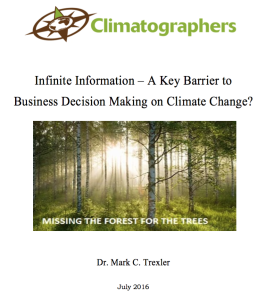 Mark and Laura have some helpful resources for users to learn how to effectively use The Climate Web. For one thing, see this
Mark and Laura have some helpful resources for users to learn how to effectively use The Climate Web. For one thing, see this 